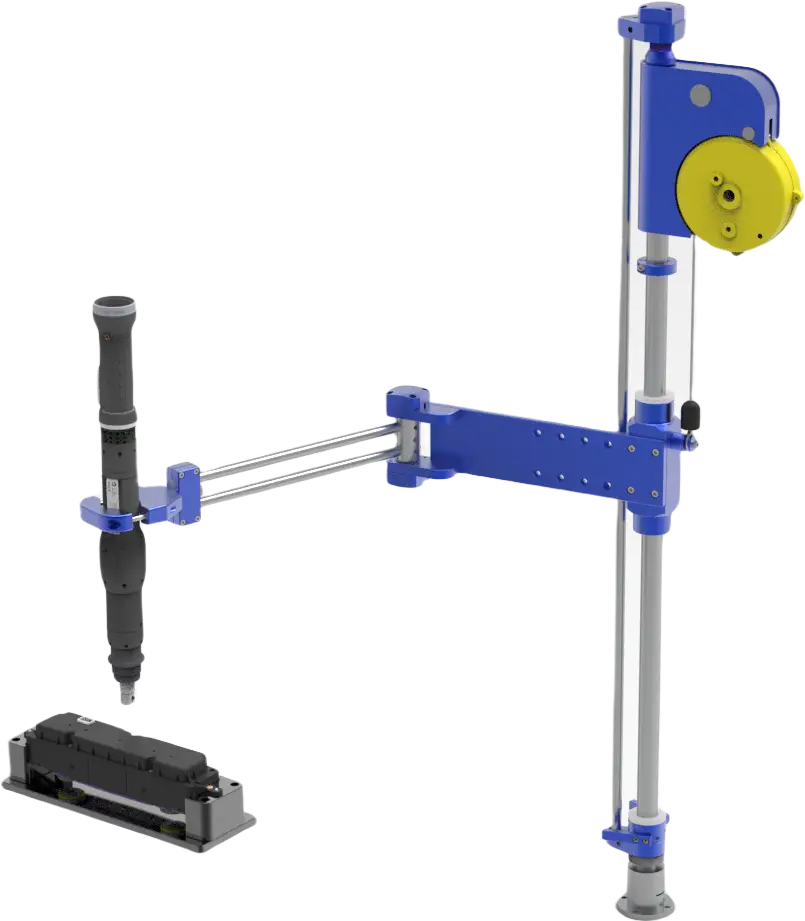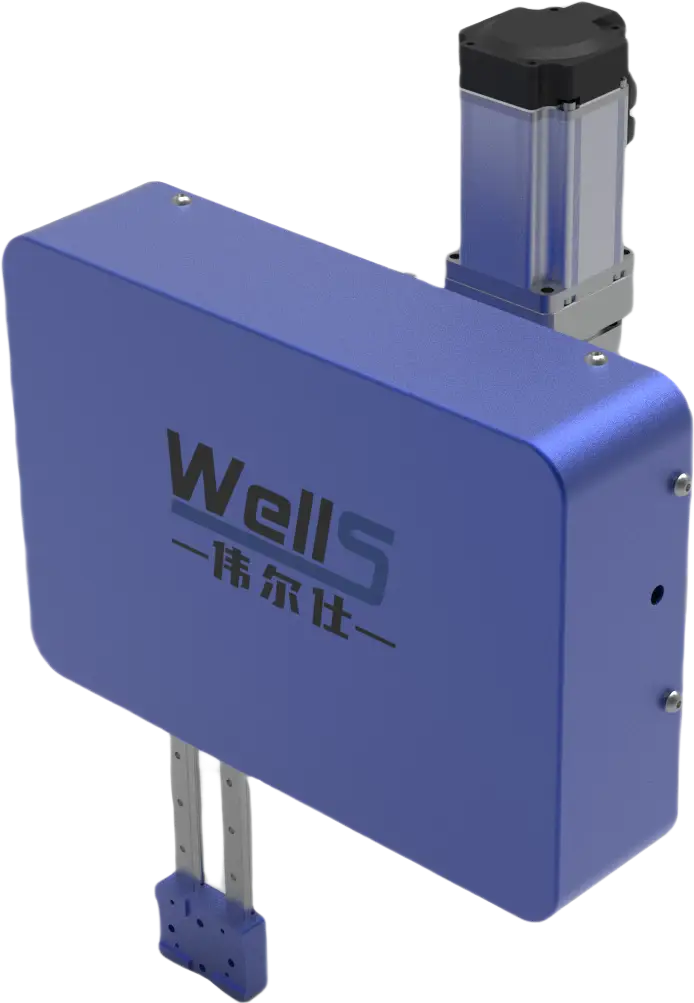Selection Guide

Balance Arm Series Selection Guide
Select type of Balance arm: folded or vertical, carbon arm, truss balance arm
When choosing the type of balancing arm, you need to consider the working scene and specific needs.
● Vertical balancing arm: suitable for large torque work, torque up to 1000Nm, need to have a certain space range in front and rear movement;
● Carbon arm: relatively lightweight and easy to use.
● Carbon arm: relatively lightweight, divided into folded carbon arm and elastic carbon arm. Function of folded carbon arm and metal folded arm is similar, but in the same radius of rotation carbon arm is lighter than the metal folded arm. Elastic carbon arm is suitable for the narrow space and long arm occasions, the longest effective range of it is up to 3 metres.
● Truss arm: installed in the air, suitable for occasions taht lacking space at floor but air space is relatively large. It is able to move in the XYX three directions, can extend the stroke through the splicing of the slide, suitable for XYZ in any direction has a relatively large range of travel needs.
Selection of the appropriate torque according to the weight of the product
Torque selection should be based on product weight and tightening requirements. Too much or too little torque may affect the tightening effect and product quality. It is necessary to select the appropriate torque according to the specific parameters of the product and tightening requirements to ensure the accuracy and safety of the tightening operation.
Determine the range of travel
Stroke range refers to the working area that can be covered by the balance arm. The size of the workspace and the operating range should be considered when selecting to ensure that the travel range of the balance arm can meet the operating requirements. For example, the radius of the working range of a positioning balance arm can be from 80mm to 800mm.
Choosing the right screwdriver weight
The counterweight of the screwdriver needs to match the load capacity of the balance arm. Selection should take into account the weight of the screwdriver and the reaction forces that may be generated during the operation to ensure that the balance arm is able to effectively counteract these forces and reduce the operators' labour intensity.
Individual requirements can be customised
● For users with special needs, they can choose personalised customisation service. Wellsafe can customise the arm according to the users' specific needs, such as load capacity, size, function and so on.
● To sum up, when choosing a balance arm, you need to consider the type of work, product weight, stroke range, screwdriver counterweight and personalised needs to ensure that the balancing arm you choose can meet the specific work requirements and improve work efficiency and safety.

PPU Selection Guide
Selection of PPU type: Vertical or Horizontal movement
Determine the type of PPU based on the application scenario. Vertical PPUs are suitable for environments where workpieces need to be moved vertically, while horizontal PPUs are suitable for scenarios where workpieces need to be moved horizontally. Choosing the right type of PPU is a critical first step in ensuring operational efficiency and adaptability.
Selection of stroke, load and speed
● Select the appropriate stroke: according to your specific needs, select the PPU stroke that can cover the required working range.
● Calculate the total mass: Consider the total mass of the fixture and the product to ensure that the PPU can carry the expected load.
● Estimate the required speed: In general, the higher the load, the slower the required speed and the longer the cycle time. Estimate the operating speed of the PPU based on your productivity requirements.
After completing these steps, you can essentially determine the exact model of PPU to meet your specific needs.
Consider external dimensions and mounting dimensions
● Can it fit: Check that the PPU's external dimensions are suitable for your workspace to ensure that there is enough room for installation.
● Whether there is interference: Ensure that the installation of the PPU will not interfere with other equipment or structures and affect operation.
● Whether it is easy to install: Consider the ease of installation of the PPU and select a model that is easy to install and maintain to reduce downtime and maintenance costs.
By following these steps, you can ensure that the PPU you choose not only meets the technical requirements, but also suits your working environment to achieve the best automation results.

